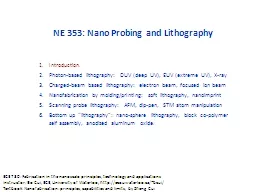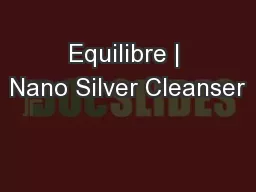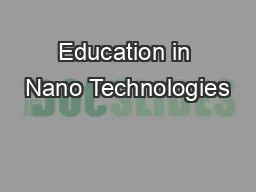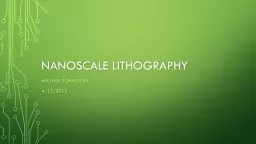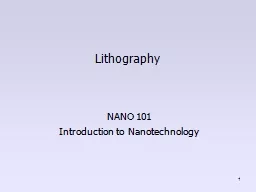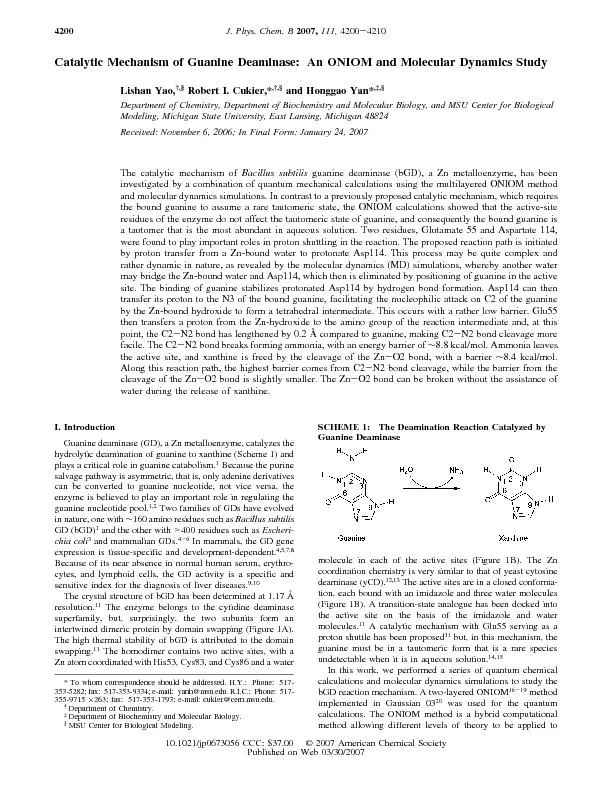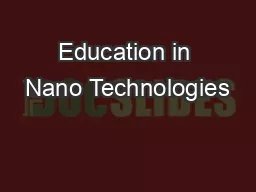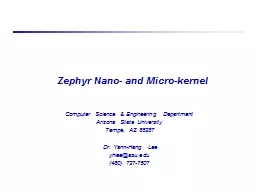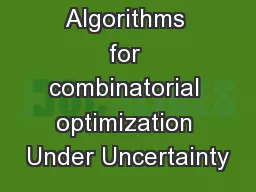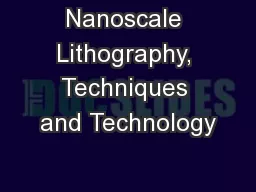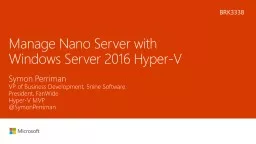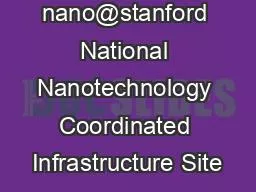PPT-NE 353: Nano Probing and Lithography
Author : giovanna-bartolotta | Published Date : 2020-04-06
Introduction Photonbased lithography DUV deep UV EUV extreme UV Xray Chargedbeam based lithography electron beam focused ion beam Nanofabrication by moldingprinting
Presentation Embed Code
Download Presentation
Download Presentation The PPT/PDF document " NE 353: Nano Probing and Lithography" is the property of its rightful owner. Permission is granted to download and print the materials on this website for personal, non-commercial use only, and to display it on your personal computer provided you do not modify the materials and that you retain all copyright notices contained in the materials. By downloading content from our website, you accept the terms of this agreement.
NE 353: Nano Probing and Lithography: Transcript
Download Rules Of Document
" NE 353: Nano Probing and Lithography"The content belongs to its owner. You may download and print it for personal use, without modification, and keep all copyright notices. By downloading, you agree to these terms.
Related Documents

